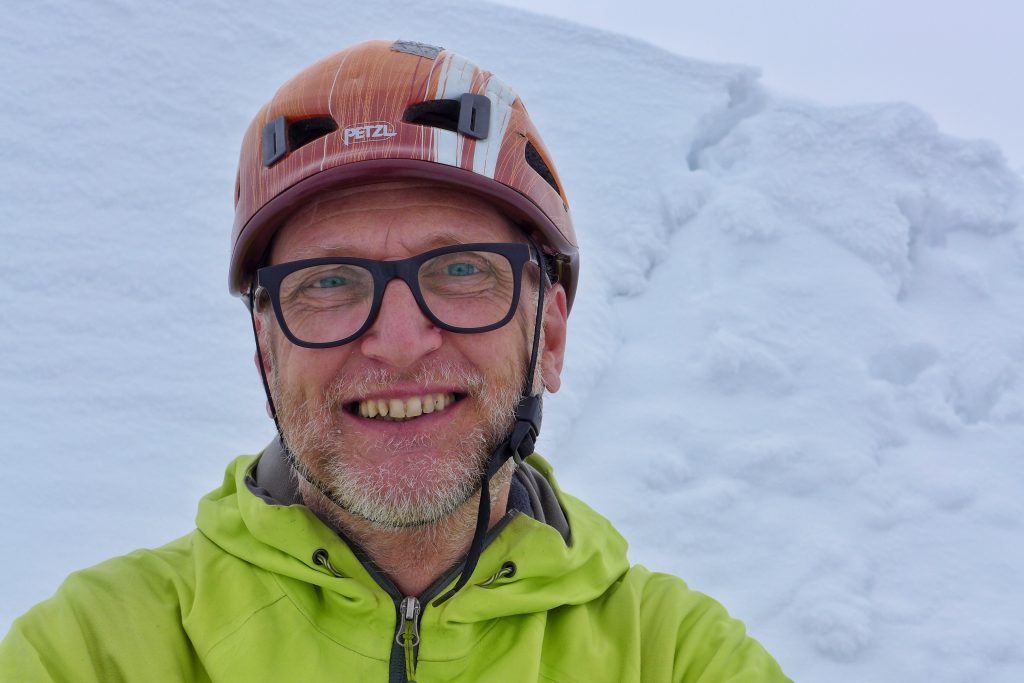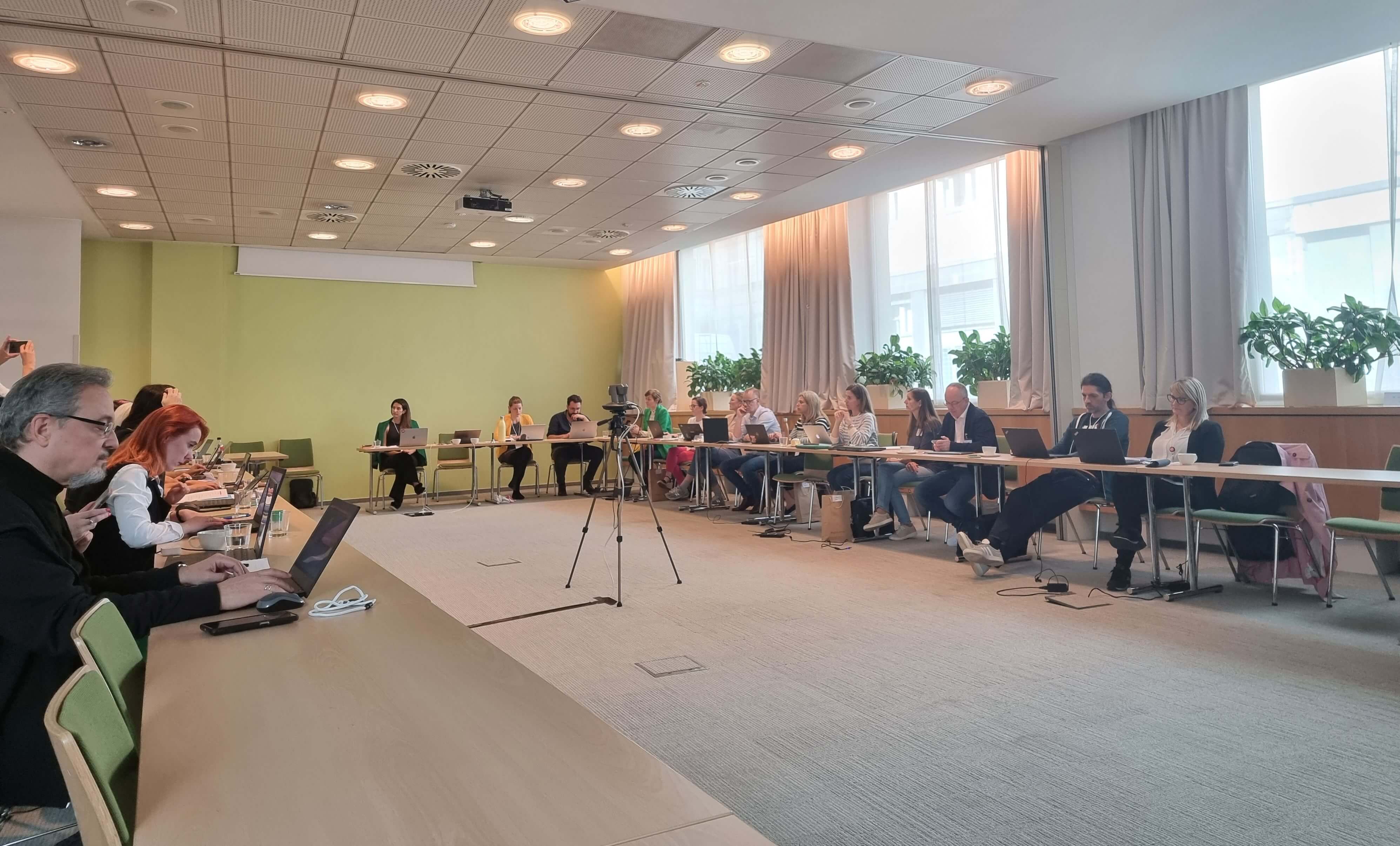Benjamin Zwittnig, technical engineer at the .si Registry
It so happened that I was talking to a former classmate from college – she was working at the Jožef Stefan Institute (JSI) at the time. I mentioned to her that I would be interested in something new and if they were looking for someone new “on Štefan”, asked her to let me know. She mentioned that Marko Bonač (today the Director of Arnes) is “assembling some sort of a team” and that they are “setting something up”. She gave me the phone number and told me to call him. This way I met Marko Bonač and August Jauk (today the Head of the Professional units division of Arnes).
They needed someone to handle Linux. I said that “I don’t know much – but I’ll learn something for sure”. In fact, it seemed to me, above all, that the work could be interesting. I started on servers – on Sun systems. I studied a lot. The system was not as “established” as it is today, many complications had to be solved on the spot. We worked a lot. But it was not difficult for us. On the one hand, it was interesting, on the other hand, we were driven by enthusiasm.
From the national beginnings of DNS until today
At the time, we were primarily concerned with email-related services and web servers for Arnes users. JSI, universities, schools and a few other organizations were connected to the network – this area was not very large and not as complex as it is today – but because we were setting things up anew, there was really a lot of work.
Over the years, it became clear that the areas of work needed to be divided, so I eventually took care of the Domain Name System (DNS) and server infrastructure, which today fall under the Registry .si. Today I take care of a wide range of tasks – from purchasing hardware, to how we will organize domain registrations. I am thinking about how to set up the system so that it works reliably – and safely.
The main principle of work is really just one
Over the years and working with professionals, I have also gained some of my own views upon this work. To put it very simply – things have to be done. And there is no room for error here. The .si domain must not “just disappear”. Of course, we do not immediately give new employees tasks that could have critical consequences. But that is the ultimate goal. The work must be done responsibly and without critical errors. Communication is also important. To know what is being done and how it is being done. And that agreed upon tasks are then carried out.
What is interesting to me about DNS is, that at first glance it is a very simple system. But the longer you deal with it and the more you get to know it – when you go really into its depths – the more complex it becomes. Fundamentally, it’s just a client-server connection. When things like DNSSEC, various encryption keys and other components are integrated into the system – then everything becomes more demanding. For example, debugging becomes more difficult.
At first glance, it is a simple thing. But once you deal with individual bits and you want to know what’s going on, it gets really interesting.
Mountaineering and botany
Here I can draw a parallel with botany, which in addition to DNS and sports is my leisure activity, with which I associate photography, nature trips, mountaineering, cycling … When talking about plants – on a conceptual level, of course – a principle is to an extent similar.
Plants are determined by keys – you have families, genera, species and so on. For example, you have a Cinquefoils and you see what kind of leaves it has – does it have three-part, five-part, or it has feathery leaves? At this level, you have three possible choices. Then you look at what color the flower is. There are more options here again. This is one such “very DNS” structure. Just conceptually, of course. But as far as I go, I see some similarities here.




